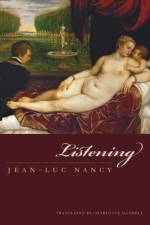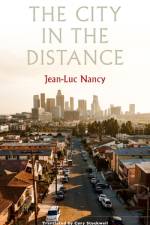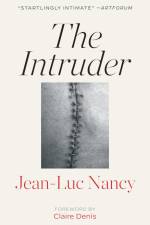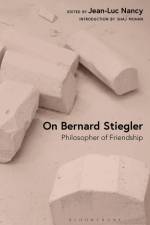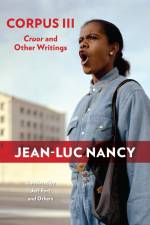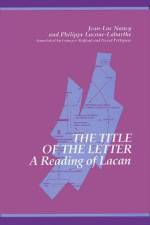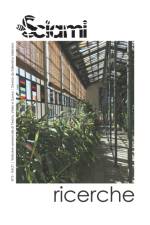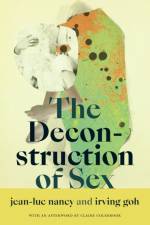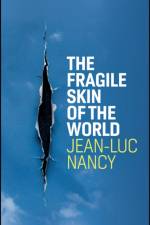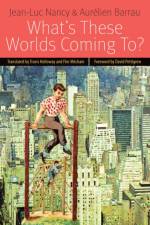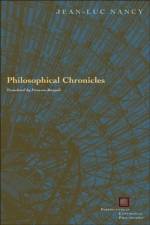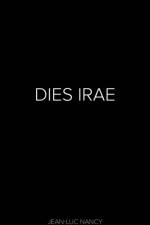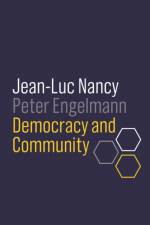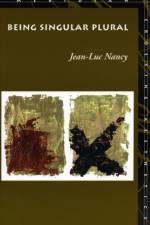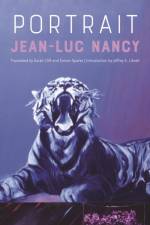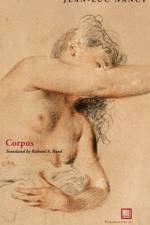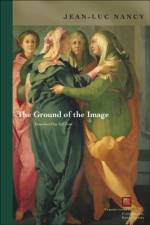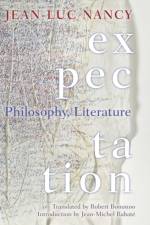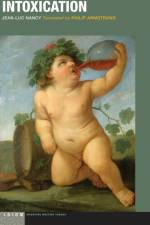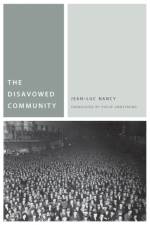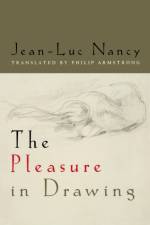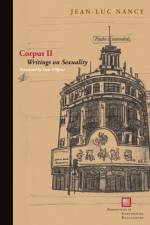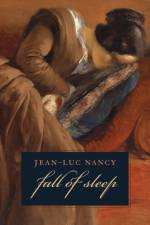av Jean-Luc Nancy
327
The renowned philosopher contemplates the medium of drawing in ';a book full of dazzling insights, imaginative curves and provocative renewals' (Sarah Clift, University of King's College). In 2007, philosopher Jean-Luc Nancy curated an exhibition at the Museum of Fine Arts in Lyon. This book, originally written for that exhibition, explores the interplay between drawing and formviewing the act of drawing as a formative force. Recalling that the terms ';drawing' and ';design' were once used interchangeably, Nancy notes that drawing designates a design that remains without project, plan, or intention. His argument offers a way of rethinking a number of historical terms (sketch, draft, outline, plan, mark, notation), which includes rethinking drawing in its graphic, filmic, choreographic, poetic, melodic, and rhythmic senses. For Nancy, drawing resists any kind of closure, and therefore never resolves a tension specific to itself. Drawing allows the gesture of a desire that remains in excess of all knowledge to come to appearance. Situating drawing in these terms, Nancy engages a number of texts in which Freud addresses the force of desire in the rapport between aesthetic and sexual pleasure, texts that also turn around questions concerning form in its formation. Between sections of his text, Nancy includes a series of ';sketchbooks' on drawing, composed of quotations on art from different writers, artists, or philosophers.

